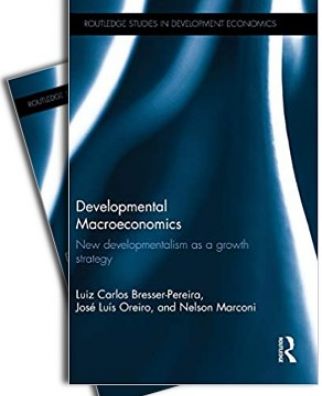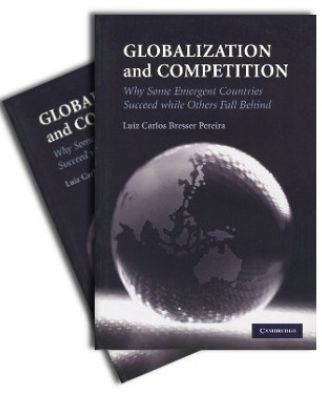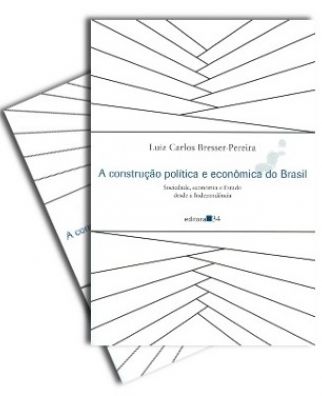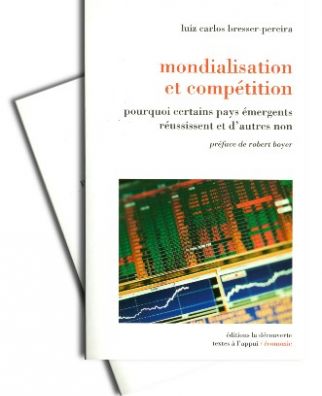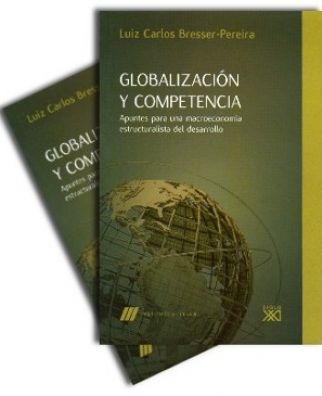Luiz Carlos Bresser-Pereira
São Paulo, Escola de Economia de São Paulo da Fundação Getúlio Vargas, março de 2020.
The Capitalist Revolution was the period of the transition from the ancient societies to capitalism; it was a long transition that began in the North of Italy, in the 14th century, and got completed for the first time in England, in the second part of the 18th century, with the formation of the nation state and the Industrial Revolution; it is a major rupture, that divided the history of mankind between a period where empires or civilizations prospered and fell into decadence and disappeared, a period of ingrained economic development and long-term improvement of standards of living in the countries that succeeded to complete its capitalist revolution . This paper searches to summarize this historical process in Europe, the rise of the city-states, the absolute monarchies, and eventually the formation of the nation-state and the industrial revolution. Four historical types of industrial revolutions lead to corresponding forms of capitalist development: central original, central late, peripheric independent, and peripheric-dependent. With the industrial revolution in each country economic development begins, but only independent peripheric countries, such as the East Asian countries, are able to catch up and become rich countries.




